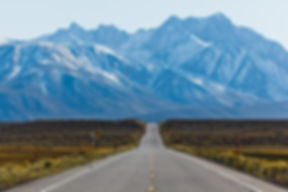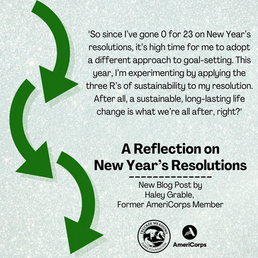Safety Tips for Wildfire Season

Wildfire season is upon us. Fires are already burning down western Washington, and the fires in California last year were the deadliest and most destructive in the state’s recorded history. Last year’s Camp Fire was declared a national emergency near the end of 2018. In California alone, over 120 people, civilians and firefighters, were killed and dozens more were injured. Over one million acres burned, erasing entire towns like Paradise off the map, and displacing thousands of human and animal residents alike.
(Photo by Marcus Kauffman_Unsplash)
While the Truckee Meadows area was not greatly affected by last year’s wildfire season, our area is still under threat of fire due to our dry, desert vegetation. With a wet, green spring comes a brown, crunchy and highly flammable summer. So what can you do to make sure you stay on top of the wildfire threat in the Truckee Meadows?
The Wildfire Alert System monitors fires and fire risk around the entire country. This website comes equipped with a map showing all the ongoing fires in the United States, whether they’re wild or controlled. Another feature allows users to type in their address or zip code and check the fire danger classification of the selected location. Don’t have a computer? The system also comes as an app, downloadable to both android and apple products.
Check the Air Index Quality every day. Air quality tells us how safe the air is. Even if there isn’t a wildfire nearby, smoke can still travel several hundreds of miles, affecting neighboring populations. In the Truckee Meadows area last year, though the closest fires were from California, from late June to early September, the AIQ hit the “Unsafe for Sensitive Groups” category (which includes children, elderly, and those with heart or respiratory problems) almost daily, while reaching the “Unhealthy” category (unsafe for everyone) every other day for a few weeks in July and August. Just like the Wildfire Alert System, you can set your phone to notify you when the AIQ starts to veer into unsafe territory.
Make a plan of attack! Like all natural disasters, wildfires can start and spread in the blink of an eye. It’s better to be safe than sorry, so make a go-bag for every member of your family, and fill it with the most essential items. All go-bags should have multiple days' worth of food, water and clothing, along with a blanket or towel, flashlights, batteries, first aid kits and a plethora of other tools. Don’t pack your valuables in your go-bag— they waste precious space used for necessities. To ensure your most priceless belongings stay protected, buy a fireproof safe and put it in the most protected corner of your living space. If your abode is affected by any kind of fire, you can always go back later to retrieve your items.
Be sure to know where you are going, how you are going to get there, and that every member of your family is up-to-date on your most current form of evacuation. In the event of wildfires or other natural disasters, makeshift shelters will find themselves in neighboring towns and cities, but be aware of shelters that already exist!
Remember to create evacuation plans, go-bags and transportation for your pets, too! Often, in the heat of the moment, our furry friends get left behind in natural disasters, but they’re just as much family as your grandma, brother, or child. Keep pet carriers constructed near points of exit, keep collars on at all times, and bring your pets inside at night to keep better track of them. Inevitably, some animals are going to get scared and run away. If your pet gets separated from you, check local and nearby animal shelters. Animal welfare groups will sometimes fly in pets from affected areas in hopes that these animals may later be reunited with their owners, such as in January of last year when more than 50 cats were transported to Reno after fires in California separated them from their owners.
Along with this blog post, there are hundreds of other resources (some listed below), both local and national, to help you stay safe during the upcoming wildfire season!








